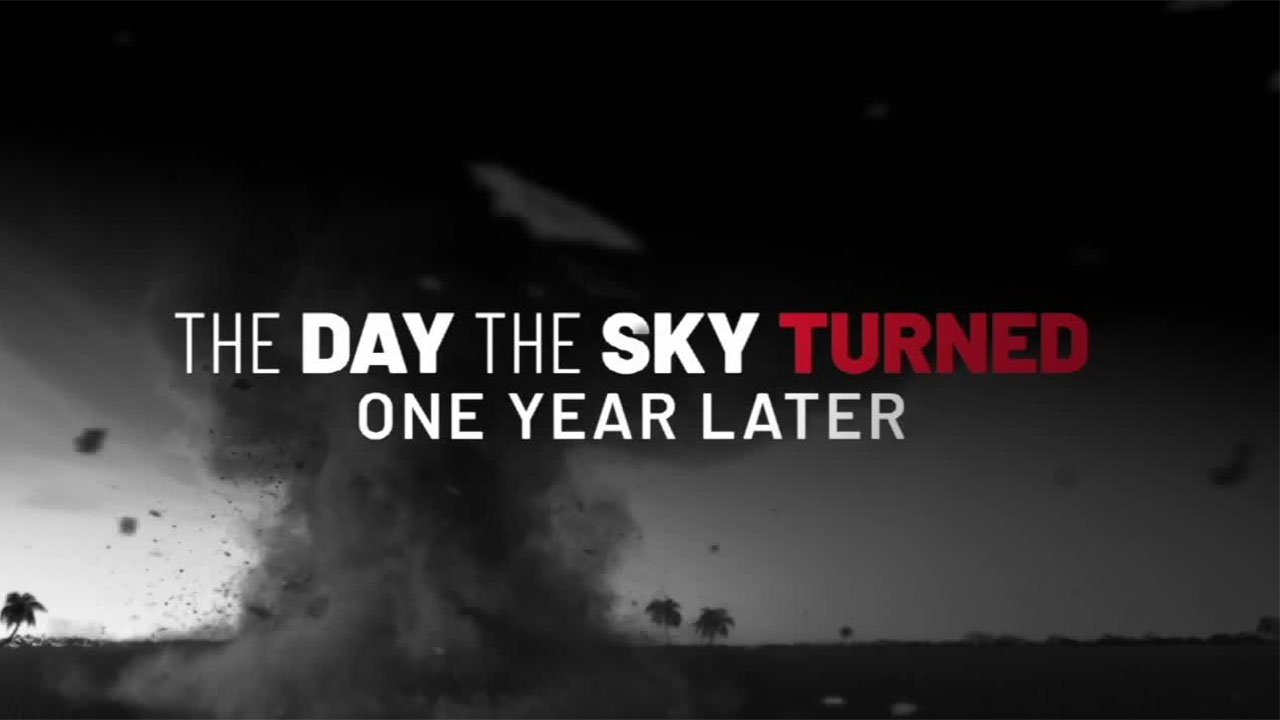WEST PALM BEACH, Fla. — Residents who were living in South Florida 30 years ago will never forget Aug. 24, 2022.
That was the day one of the most catastrophic hurricanes in U.S. history slammed into the state with estimated winds of 165 mph.
The eye of the storm came ashore in the pre-dawn hours over southern Dade County, destroying neighborhoods in Florida City and Homestead.
WATCH: WPTV First Alert Chief Meteorologist Steve Weagle looks back at Andrew's destruction
Following the devastating hurricane, residents of the area recalled how they had difficulty navigating the area since it was simply unrecognizable.
Initially, the storm was classified as a Category 4 hurricane but years later was reclassified as a Category 5.
Andrew caused an estimated $26 billion in damage, making it at the time the most expensive natural disaster in United States history. Its damage was later surpassed 13 years later when Hurricane Katrina hit New Orleans and the Gulf Coast.

The storm destroyed about 49,000 homes in southern Dade County, with an additional 108,000 damaged.
More than 99% (1,167 of 1,176) of all mobile homes were completely destroyed in Homestead, according to NOAA's website.
Andrew was responsible for 15 direct deaths and 28 indirect deaths in South Florida, with all but three of these occurring in Dade County.
It is one of only four hurricanes to make landfall in the United States as a Category 5 since 1900. The others were the 1935 Florida Keys Labor Day storm, Hurricane Camille in 1969 and Hurricane Michael in 2018.
In the years that followed, South Florida communities instituted some of the strongest wind-load building codes in the world. This included missile impact-resistant glass and eliminating "stick-frame" homes and more reliability on reinforced block masonry.
Since 2001, structures statewide must be built to withstand winds of 111 mph and higher.
The Miami area is considered a "high-velocity hurricane zone" with much higher standards, requiring many structures to withstand hurricane winds in excess of 170 mph.
Florida Atlantic University professor John Renne aims his research efforts at evacuation planning for storms.

"Some of the big changes that have been made in South Florida following Andrew …. our buildings are much stronger and able to withstand much stronger winds," Renne said. "We've also had a lot of changes take place in the level of preparedness that we go through to prepare our vulnerable communities."
At the Palm Beach County Emergency Operations Center on Wednesday, they were spending the day looking back 30 years ago but also looking ahead at the future.
"We have a lot of new residents in the state of Florida in the last 30 years," Palm Beach County Emergency Management Director Mary Blakeney said. "A lot of them don't understand the implications of what would happen if a catastrophic hurricane of that magnitude were to impact us."

Blakeney said with every storm they learn something new.
"Hurricane Andrew taught a lot of great lessons in the state of Florida about our building standards," Blakeney said.
The technology and trade of today provide slight comfort to the scarring memories of the power of a Category 5 storm.
"Hurricane Andrew was the storm that really changed emergency management in the state of Florida," Blakeney said. "We can't forget that. The reason we are where we are today is because of Hurricane Andrew."
Portions of this article courtesy of the Associated Press.








